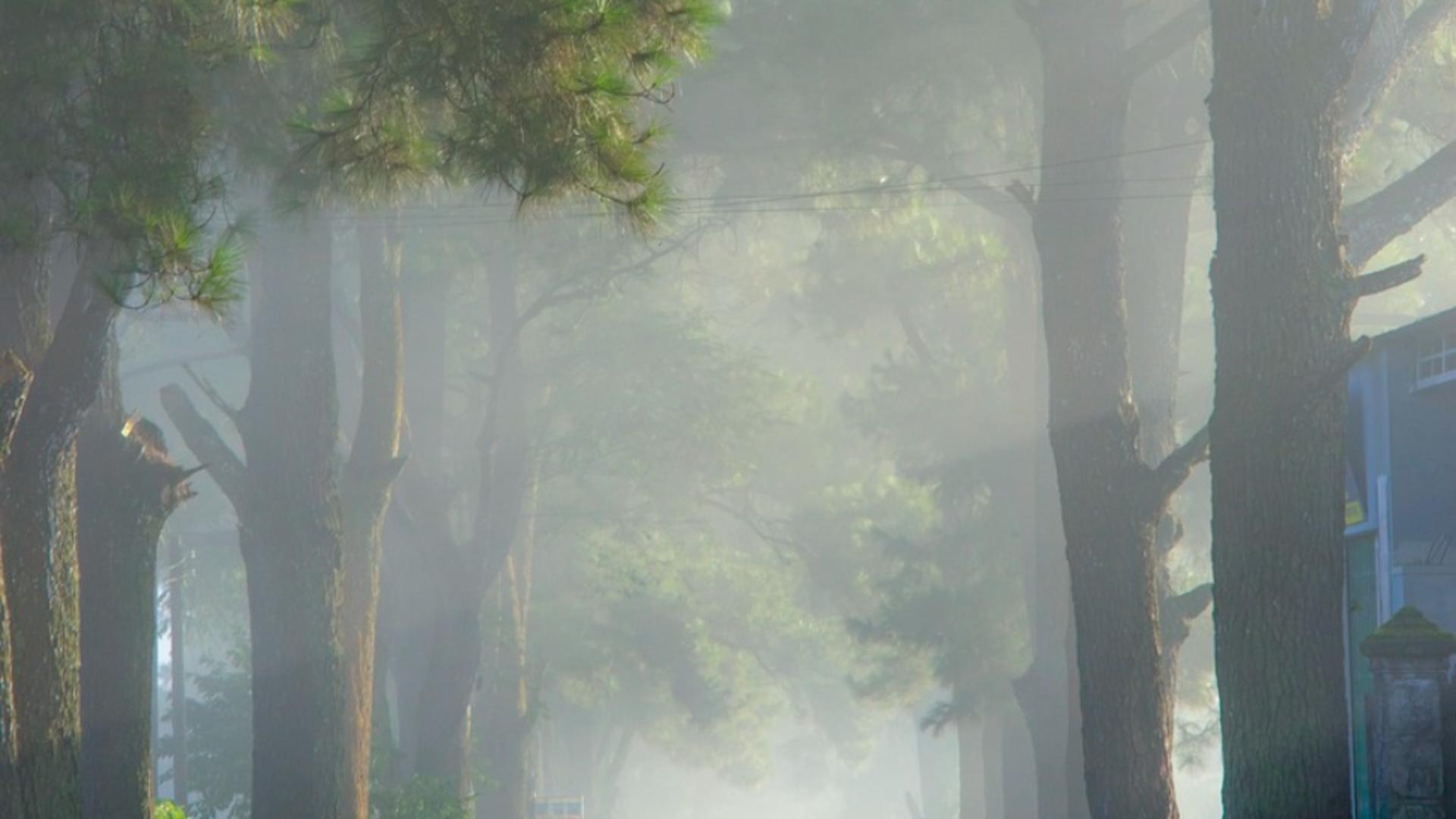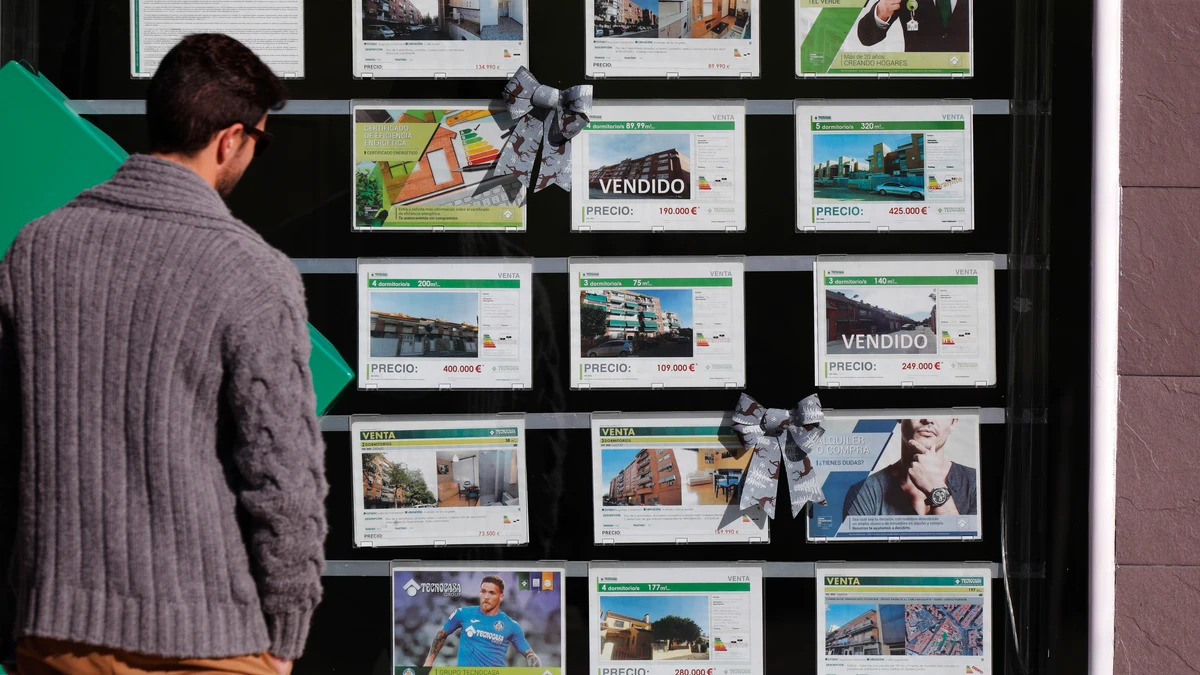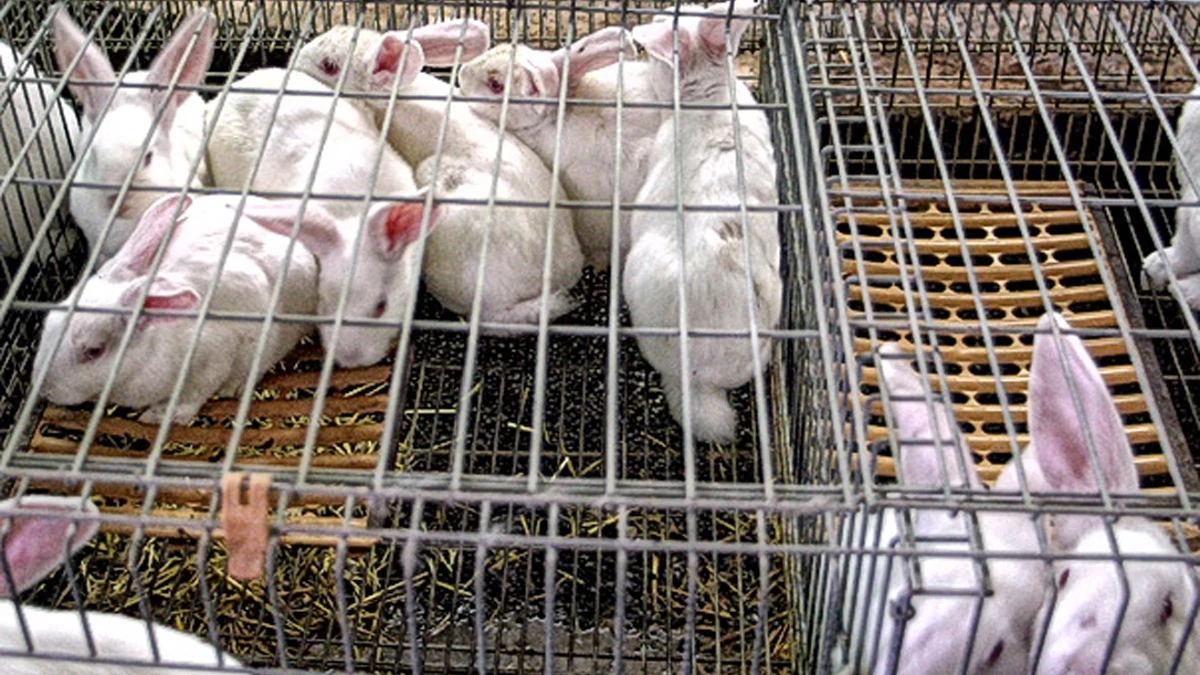Will 2024 be the year that the global nightclub industry makes a comeback?
The new report from event marketing and ticketing website Eventbrite, Music And Nightlife Event Trends – which is based on comments from promoters and venue operators from around the world – has identified five trends that are shaping 2024.
“After a difficult few years due to the pandemic and its fallout, 2023 saw attendees out in force at stadium gigs, boutique festivals, intimate acoustic sessions, and everything in between,” said the report. “The year was record breaking for the concert industry, reports Variety, with live music revenue predicted to reach almost $36 billion, globally in 2024. While the nightlife industry has struggled, ever-innovative organisers are leading an inspiring fightback and discovering new ways to pull in the crowds.”
The crux of the recovery, said Eventbrite, is to bypass the change in Gen Z’s approach to clubbing and find ways to creatively and positively tap into its $682 billion spending power: “Just like Millennials, Gen Z want to spend on experiences over material possessions. Their thirst for personal growth is also higher than any generation before them, according to an Intuit survey. It’s no surprise, then, that unique experiences, extra special nights out, and feeling like part of a community are huge priorities.”
According to IBISWorld, the number of Australian nightclubs reduced from 482 to 355 in recent years. It estimated the nightclub industry will be worth $887.2 million in 2024, and employ 4,333 people.
Recent closures on Adelaide’s Hindley Street nightlife precinct verified how bad things were, as attendances and bar takings plummeted while operational costs shot up. The latest venue affected was Red Square, which bowed out with a 24-hour party on March 9, after 22 years in business. “The street has changed dramatically in recent times, and all good things must come to an end,” its owner said.
Over the summer, Adelaide also lost Fat Controller on North Terrace (which blamed “ongoing industry uncertainties”), Super California, and The WNDERLAND.
In the US, the market size of nightclubs and bars declined by over $12 billion in 2020. European cities set up initiatives encouraging clubbers to get out and about. last year, Berlin introduced a €50 (around $83) youth culture pass for 18-to-24-year-olds, which could be spent at 200 venues.
Research from the Night Time Industries Association (NTIA) found that 31 per cent of UK nightclubs had closed since the start of the pandemic. In February of this year, many of the Pryzm and Atik clubs shuttered, throwing 500 staffers in the unemployment line. Peter Marks, CEO of their parent company Rekom, told the BBC: “We’ve had businesses that used to make £500,000 ($970,536) then go on to lose £400,000 ($776,428). Just in the two-year period.”
Like many club owners, Marks is calling on the British Government to help financially until the cost of living crisis passes. As an indication of how the cost of living crisis has hit the UK’s youth, the National Union of Students reported that seven out of ten students now do part-time work to make ends meet.
Gen Z Factor
Nightclub woes are owed to more than just the cost of living crisis. “There were a number of reasons,” said Hugo Pedler, Managing Director of Adelaide operator Penny’s Hospitality, which ran Super California. “COVID changed the way the youth demographic socialises – there is more focus on bars, restaurants and cafes.”
A major trend is the way Gen Z has moved away from alcohol for health reasons, and use dating apps instead of meeting partners in nightclubs.
A 2023 report from DrinkWise – a not-for-profit organisation that campaigns for a safer drinking culture – revealed that 76 percent of 18-to-24-year-old Australians socialise without alcohol. The Cancer Council found that 64 percent of that age group still drinks alcohol. That figure was 90 percent in 1996.
In the UK, a report by the National Health Service discovered that more than a third of 16-to-24-year-olds did not drink alcohol in 2021. The growing options of no- and low-alcohol drinks are also driving younger people away from booze, Fortune noted.
Stung by the UK’s cost of living crisis, Gen Z and Millennials cut back on clubbing. Market research company Savanta found that in Europe, over two thirds of the 18-to-34 age group slashed their spending on booze. “There appears to be a generational shift in attitudes towards alcohol consumption that inflationary increases have simply accelerated, rather than created,” Nikki Lavoie, EVP of marketing, brand, and innovation at Savanta, told Fortune.
Five Trends For 2024
Eventbrite’s Music And Nightlife Event Trends report identified five trends that could see an upswing for the nightclub industry in 2024.
1. Reinventing Connections
The days of promoting events through Facebook and Instagram are over. “We’re entering a period in which the audience for both is dwindling, especially for the younger demographic,” said Matt Orlove, whose company throws more than 250 parties a year.
Orlove switched back to text messaging. SMS marketing is experiencing a revival because texts are something people often deal with quickly; they “can drive immediate action”.
Another growing format for DJs is Discord. US-based DJ Lani Love explained it’s an immediate place where fans can chat and build relationships. When she announces a new date or event, it doesn’t take long for people to hop on her server to share travel details and pre-party plans.
Event creator Toasted Life recently hired a staffer to focus on growing the community through social media and in-person. Aside their own events, they do community building and charity events, whether it’s a dinner or travel, for shared experience.
Other promoters with their own venues are urged to loan their venue for all-ages community events, and increase community participation by getting local teenagers to run their food shack.
2. Fandemonium
Cashing in on the phenomenal successes of the likes of Taylor Swift and Beyoncé, successful club nights have drawn in up to 1,000 people, with themes changing each time to maintain interest.
Others create events when festivals draw a huge amount of people to a certain location. The report showed how when two million people arrive in London for the annual Notting Hill Carnival, additional parties for 1,000 would be held during that time.
3. New Technology
Las Vegas’ hyper-futuristic, nine-level Sphere is the perfect example of how new technology – particularly artificial intelligence – will increase the clubbers’ experience to uber-heights. The sphere features 1.2 million LED lights on its exterior, a 76-metre screen inside, seating for 18,600 attendees, high-speed internet for all seats, and 580,000 square foot (54,000 square metres) of LED display space. U2’s 40-day residency there sold 700,000 tickets to fans from all over the world.
Singapore’s ARK II club launched last September with a spacecraft-like interior, entry through holographic tunnels resembling a space shuttle, and an AI-powered bar and bartender.
Sydney’s Friday-night only superclub WAO has a massive laser show and state-of-the-art sound, with an AI-inspired head looming from the ceiling. Co-founder Eric Woo said, “It’s mirrored on all sides and the reflective surface plays around with the lights that hit the head, and also the lasers and smoke create a unique experience. It can also rotate during the night, which adds another element of movement.”
4. Very Important Partygoers
In 2023, Eventbrite saw its attendance at global VIP events grow by 18 percent. 70 percent of Australian attendees confessed they’d rather spend their cash on an experience than a material possessions. “2024 is an excellent time to boost customer loyalty through offering extra special VIP experiences and membership options,” Eventbrite noted.
This year, the US-based company Duck Club Entertainment is bringing back its ‘frequent flyer’ programme with a digital passport (which can be upgraded for more cash), giving users access to 250 shows and queue-jumping opportunities at its festivals. A VIP Lounge, away from the main stage and with its own bar, is where cardholders can hang out with sponsors.
For other experiences, VIPs can go to the Eventbrite website to make a deposit to reserve a section. It ensures “that booking is a hassle-free process, eliminating the need for calling or emailing the nightclub which can be time-consuming and intimidating for some.”
VIP table bookings make up a colossal 60 percent of club revenues. That’s because it costs at least £1,500 ($2,911) to secure a table in London, €1,500 ($2,489) per person in Ibiza, $3,000 ($4,530) in Miami, $10,000 ($15,237) in Las Vegas, and a mind-blowing €50,000 ($82,997) in the Balearic Islands.
Loyal customers with less money can be rewarded with cryptocurrency, and apps which allow invite-only guests to communicate with each other and split table costs by booking together.
5. Party ‘Round The Clock
Day parties will grow in popularity, the report forecasts, with promoters able to attract wider age groups, book nightclubs for a lower rate, and experiment with lunches, art therapy and wellbeing sessions between noon and 10:30pm.
One promoter related, “The visuals are usually much better because you have natural light. Those are very marketable on social media and on Eventbrite. People put a lot of time into what they’re wearing to these events.”





